2018 Triango 50 2T review, test ride
Triango, a French-Polish brand, is nursing Indian ambitions with a unique crop of three-wheeled scooters. We sample one in Paris to find out if this can, indeed, be our future.
Published on Nov 21, 2018 09:38:00 AM
30,742 Views
Follow us on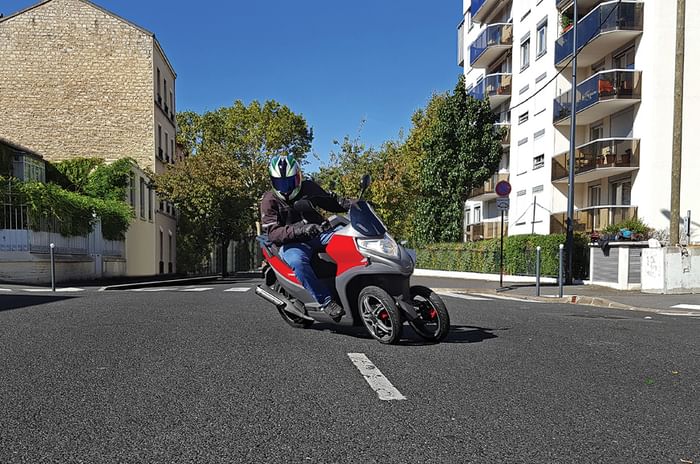
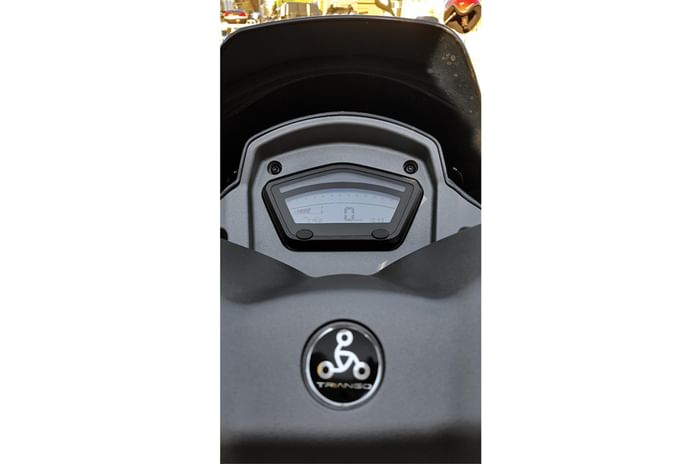
Digital metre easy to read; plastics lack finish.
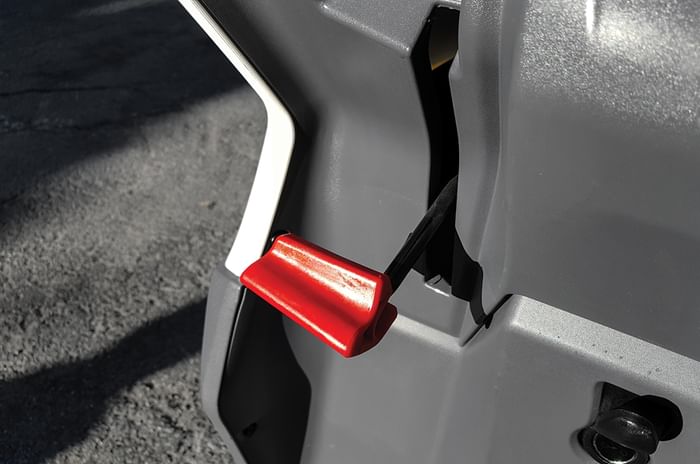
Tilt-lock lever may have come off a Cessna.
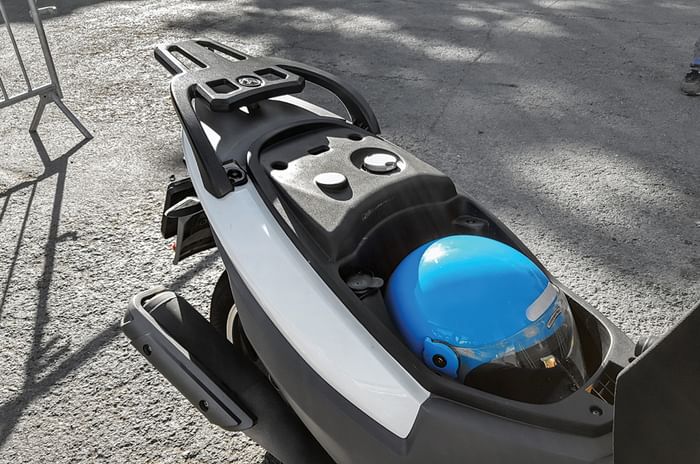
Underseat storage space is unremarkable.
Once upon a time, the crown prince of Nigeria decided it was ‘a matter of urgent importance’ to share one half of his bank’s contents with me. I was informed of this life-changing turn of fortune over an elaborately worded email, but my ineptitude with computers at the time (not much has changed) meant I was cruelly denied the opportunity.
When a certain ‘Tom Malphettes’ dropped me an email a week before my scheduled attendance at the Paris Motor Show this year, I thought I my second chance had finally arrived. ‘I welcome you to test our three-wheeled scooters in Paris’ was a clever disguise, I thought, and I swiftly responded in the affirmative. One sunny morning in Paris, we met on the porch of my hotel, and I wanted to know, with great urgency, exactly how close to the Arc de Triomphe my new mansion was going to be.
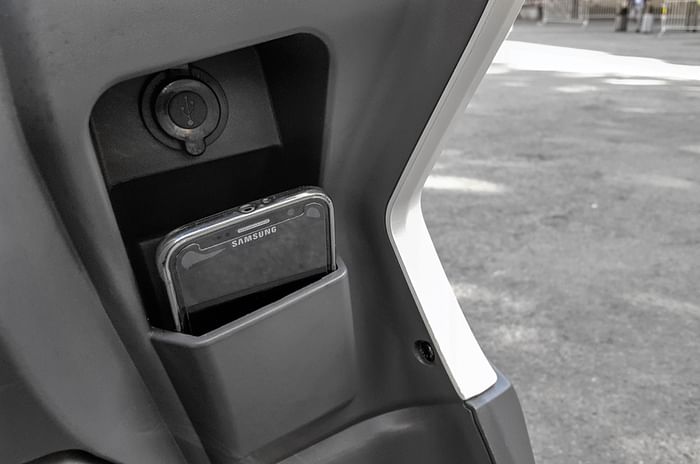
It wasn’t quite the case. Tom, it turns out, is a mechanical genius from Poland and he has, indeed, created a three-wheeled scooter under the Triango Scooters banner. He arrived in the company of David Freydt, his French business partner, and a round of handshakes later, we set off in the direction of some labyrinthine Parisian bylanes. I rode pillion, to begin with, and watched as Tom and David snaked through slow-moving traffic, occasionally putting a wheel onto the sidewalk, which was met with protest from neither the front-end nor pedestrians. This is how they do it in Paris, apparently.
Triango has devised three engine variants in all, starting at a 50cc two-stroke to a 125cc and 180cc four-stroke. In France, only the 50cc variant was available to sample, but at this stage, this scooter is about more than just its motor. Three-wheeled scooters – the first of which was the Piaggio MP3 launched in 2006 – are hugely popular in Europe, and today, they are considered an even more convenient (and safer) alternative to the conventional two-wheeled scooter. Stability, grip, ease of use – especially for riders of a smaller physical build – and all-weather safety (another strong concern in Europe) are largely the factors contributing to the three-wheeled scoot’s popularity and its merits cannot be debated. Of course, this format of scooter isn’t as effective, dimensionally, as a regular two-wheeler against the backdrop of congestion, but the overall gain in safety can be appreciated just about anywhere in the world.
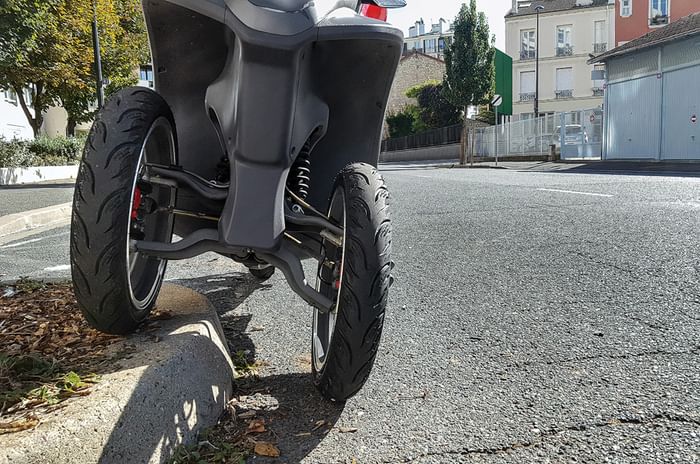
The scooter’s party piece is, of course, the Triango Arch Tilting System (TATS), which is, in a sense, where the scooter originated from. Over a few rounds of coffee later in the day, I learned of the Triango’s back story, which involved Peugeot’s unwillingness to make smaller-displacement versions of the MP3. He then set about trying to build his own, with generous contributions from friends and family. “Evidently, I have very rich friends,” he joked.
Fundamental to his vision of a small-displacement scooter was affordability with regards to acquisition as well as maintenance. Complex electronics and a sensor-heavy system was instantly out of the question, then. So Tom set about trying to devise a multi-arm-style tilting unit with 14-inch wheels mounted at either end. He also devised a mechanism called the Tilt Lock and Brake System (TiLaBS), which works using a series of mechanical linkages. The rider can engage the three-stage TiLaBS using a landing-gear-style downward-movement lever mounted on the apron, with the second and third modes offering to tilt lock (useful at crawling speeds) and engage parking brakes, respectively.
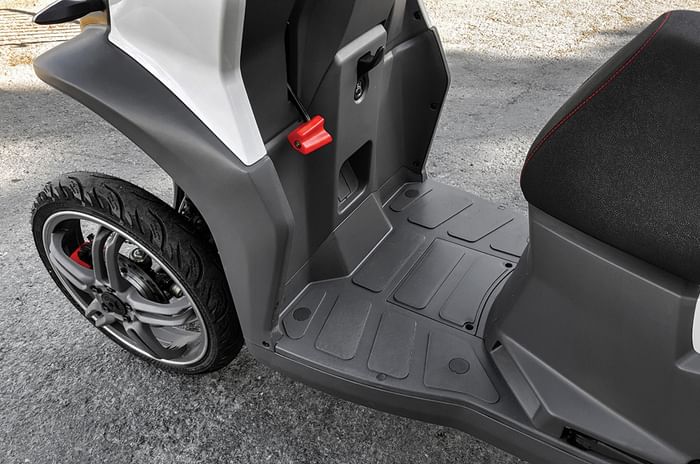
I was keen to try this first-hand and realised, one corner later, that my nervousness was unfounded. It works! You can ride it with as much confidence as you would any motorcycle, and certainly with more aggression than on any small-wheeled scooter. The tilt action is instant and progressive, and you can achieve good lean angles at most speeds, without any sense of impending danger. If you try hard, you can get the outside wheel to lift, but this doesn’t happen under normal (and this includes generously enthusiastic) riding inputs. None of it feels fragile or rickety either. Although, the one evident drawback was the front suspension itself, which isn’t quite set-up for potholes. This isn’t important, considering Europe is largely pothole-free, but India is the polar opposite in this regard. So this aspect will have to be looked into meticulously.
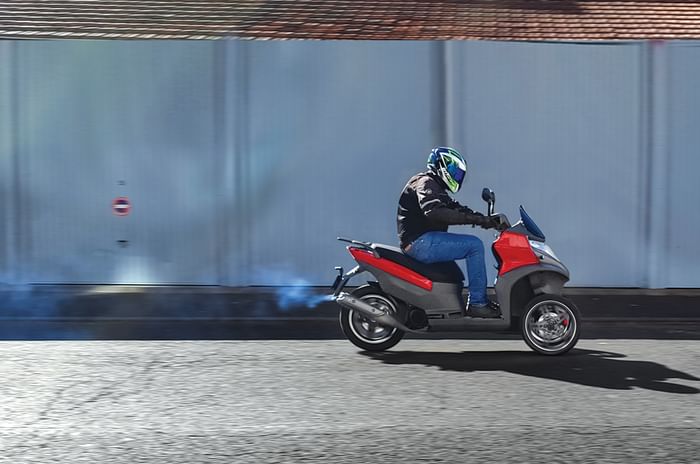
The 50cc engine is manufactured by China-based Tianma Motorcycle. Although, how it performs is of no relevance to India given that it is, firstly, a two-stroke motor and that it is too small for the kind of usage the Indian audience demands, so we’ll skim over it. What I could gather was insight on Triango’s ability to make a complete package rather than just an innovative steering mechanism – so they really know what a scooter needs to do – and I can’t say I didn’t have fun pushing that puny motor to its limits, much to the amusement of a sliver of the French population.
While the scooter has entirely been designed and engineered in Poland, it is manufactured in China. Oh, the dreaded word! Europe is opening up to the ‘C’ word better than the rest of the world, however, and ultimately, China’s manufacturing quality is largely subjective to price, so it’s not exactly a lost cause.
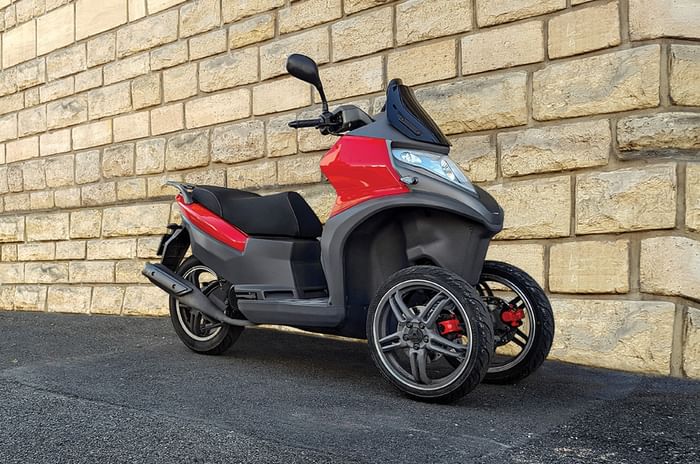
Triango does boast Indian ambitions, though, and it has caught the fancy of some local manufacturers. It considers retaining its identity as paramount, although a technology-sharing alliance may be favoured in the Indian context, given the sheer scale our market presents. “Acceptance is a lesser challenge in Europe,” says Tom, “but for India, we would like to find a credible partner with whom we can enjoy the process of development.” It’s a fair ask, given how trust-centric we are as an audience, but that can’t possibly be the only challenge.
“Yes, we are aware of stringent regulations and quality perceptions in India, both of which pose unique challenges. But quality, for us, is an easily customisable aspect given how modular our production strategy is. It is also not a compulsion for Triango to be sold with this motor or these very mechanicals – that can be evolved as per demand.” And what kind of vehicle can the Triango be classified as? In Europe, a three-wheeled scooter (as in, a reverse trike) can be ridden on a regular two-wheeler licence so long as the front track width remains within 460mm – the Triango makes the cut at 455mm. India, at present, has no such entries and therefore no real regulation in place either, which further emphasises Triango’s quest to find the right Indian ally.
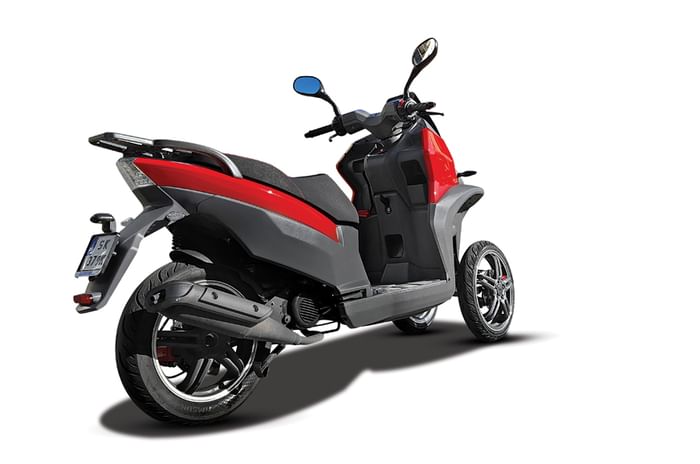
Pressed further, Tom reveals his intention to price the Triango (the 125cc version, in the very least) at the Rs 70,000-75,000 mark if produced as-is, although he does foresee the need for higher-grade components bringing about a reasonable hike. This is a remarkably optimistic price point, given the size and tech of the scooter, and it will be interesting to see if, and how, the company can actually achieve it.
What does this mean to us, as a scooter-loving nation? For a start, Triango’s is a concept that has genuine merits for India – especially given the road safety scenario – but as I discovered over a brief ride, it does take a noticeable degree of riding fatigue out of the equation as well. Triango could do well to target the scooter-sharing and public mobility sector. Although, at this stage, it is hard to ascertain whether this scooter will make it to our shores in its entirety or simply in its technological essence – if at all it does, that is. In immediate hindsight, however, I’m glad I took the chance to ride the Triango. It opened up a new world of convenient, stress-free urban mobility for me, but more importantly: I’m just glad Tom Malphettes really exists.
Tech Specs 
Copyright (c) Autocar India. All rights reserved.


 Wheels and Tyres
Wheels and Tyres Dimensions & Chassis
Dimensions & Chassis Engine
Engine Transmission
Transmission Suspension
Suspension Brakes
Brakes
Comments
Member Login
Personal Details
No comments yet. Be the first to comment.